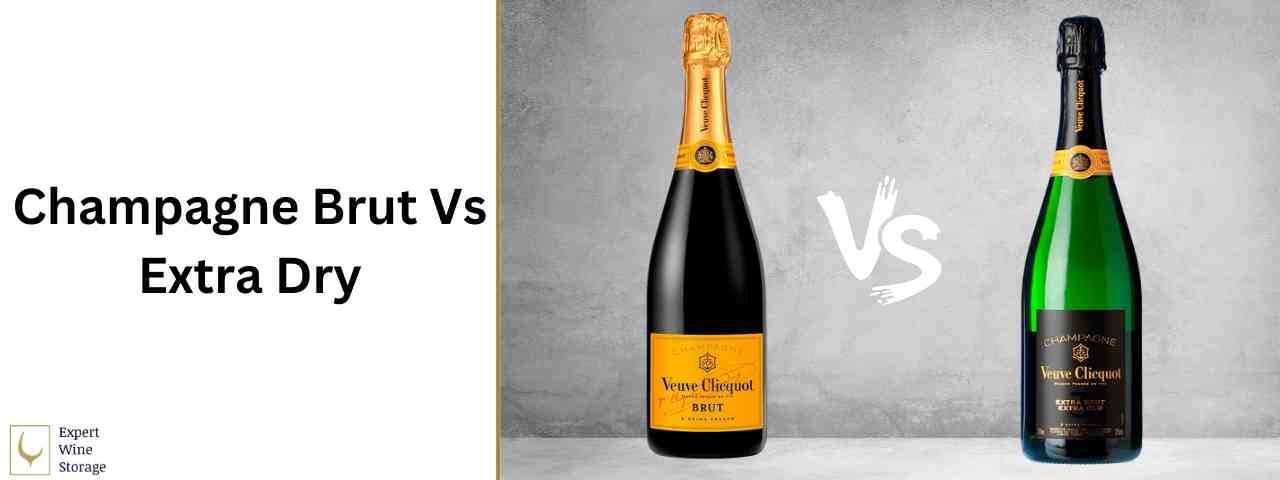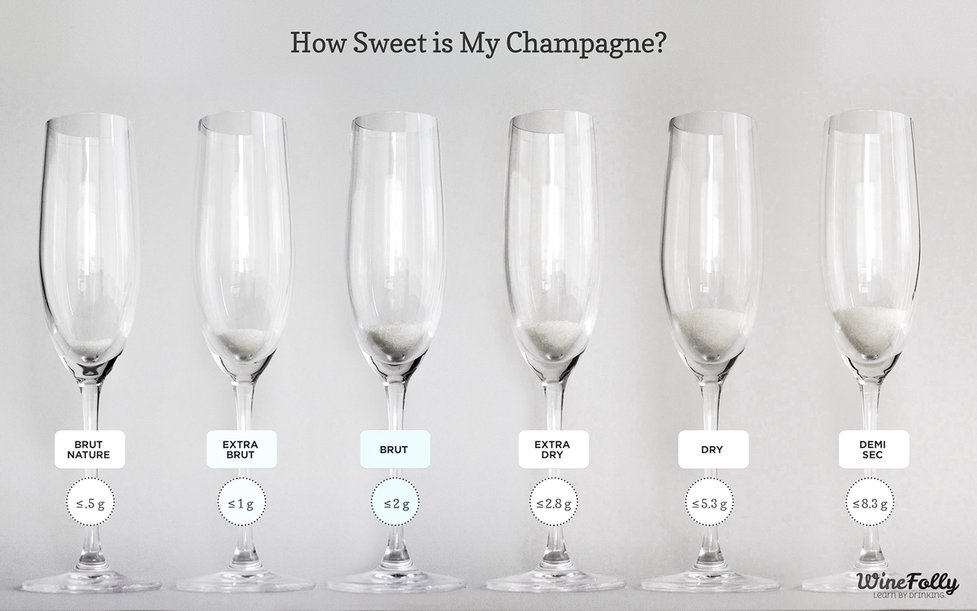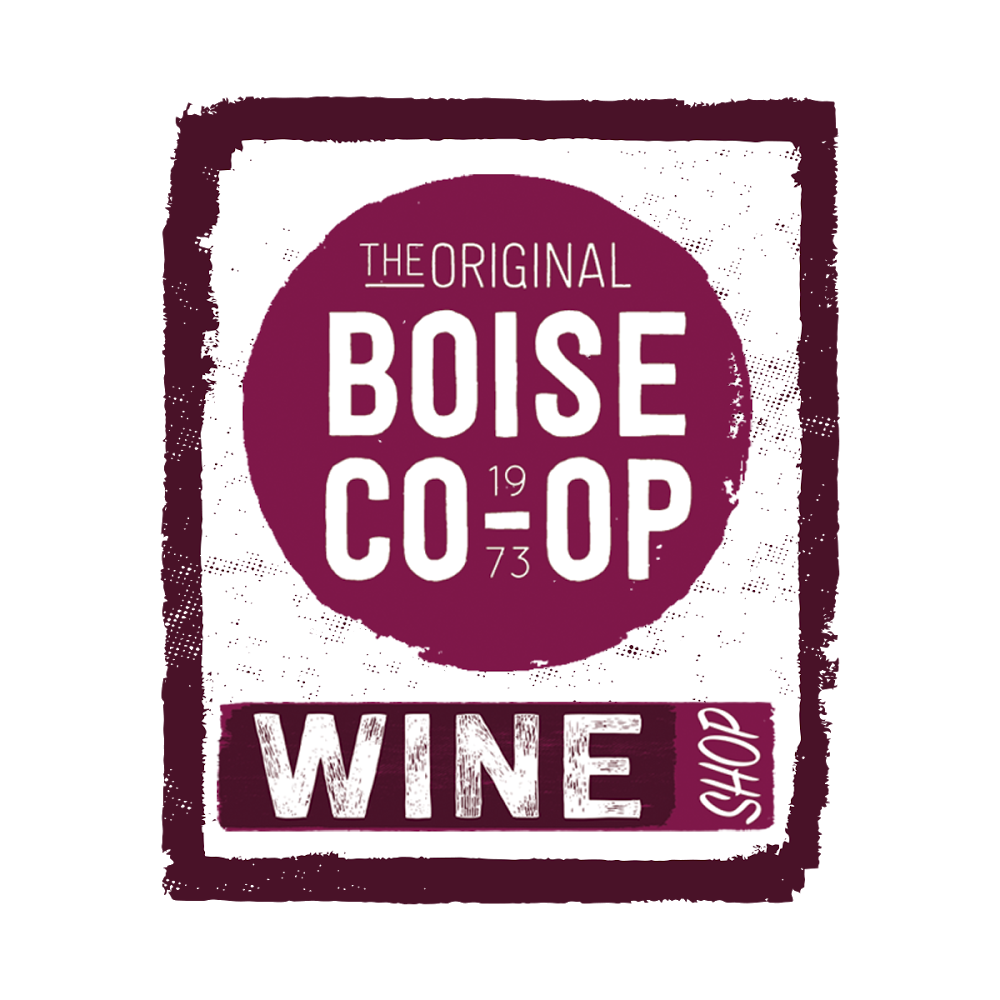Understanding Brut Wines

Brut wines are known for their dryness and crispness, making them a popular choice among wine enthusiasts. They are made using the traditional method, where the second fermentation takes place in the bottle. This process creates fine and persistent bubbles, giving the wine a lively and refreshing character. Brut wines typically have a lower dosage, meaning less added sugar, which contributes to their dry taste. The flavor profiles of Brut wines range from citrusy and fruity to toasty and nutty, making them versatile for pairing with a variety of foods.
1 Brut Wine Characteristics And Production Process
Brut wines are renowned for their dryness and crispness, making them a favorite among wine enthusiasts. These wines are made using the traditional method, where the second fermentation occurs in the bottle. This process results in fine and persistent bubbles, imparting a lively and refreshing character to the wine. Brut wines typically have a lower dosage, meaning less added sugar, which contributes to their dry taste. They showcase flavor profiles that range from citrusy and fruity to toasty and nutty, making them incredibly versatile for pairing with a variety of foods.
2 Brut Wine Flavor Profiles And Food Pairings
Brut wines offer a wide range of flavor profiles that can complement various dishes. With their dryness and crispness, they pair well with foods that have some richness or acidity. The citrusy and fruity flavors in Brut wines make them a great choice for seafood dishes such as oysters, sushi, and shrimp. Additionally, the toasty and nutty notes in Brut wines make them a perfect match for creamy cheeses like brie and camembert. The versatility of Brut wines allows them to enhance the flavors of both light and savory dishes, making them a fantastic choice for any meal.
Exploring Extra Dry Wines

Extra Dry wines offer a unique tasting experience that falls between the bone-dry Brut and the slightly sweeter styles. These wines are characterized by their crisp acidity and subtle fruit flavors. Extra Dry wines are versatile and can be enjoyed on their own or paired with a variety of dishes. They are a great choice for seafood, light poultry, and creamy cheeses. The balance between acidity and subtle sweetness in Extra Dry wines creates a harmonious and refreshing taste. Wine lovers are encouraged to explore the world of Extra Dry wines to discover the range of flavors and food pairing possibilities.
1 Extra Dry Wine: Definition And Varieties
Extra Dry wines are characterized by their crisp acidity and subtle fruit flavors. They offer a unique tasting experience that falls between the bone-dry Brut and slightly sweeter styles. Extra Dry wines come in a variety of options, including white wines, sparkling wines, and even some rosés. Each variety can have its own unique flavor profile, ranging from citrus and green apple notes in white wines to red fruit and floral aromas in rosé wines. This range of options allows wine enthusiasts to explore the different flavors and find the perfect Extra Dry wine to suit their preferences.
2 Extra Dry Wine Taste And Serving Suggestions
Extra Dry wines are known for their crisp and refreshing taste. They typically have a balanced acidity and a subtle fruitiness that sets them apart from the bone-dry Brut wines. The taste of Extra Dry wines can vary depending on the variety, but common flavor profiles include citrus notes, green apple, and even hints of floral aromas in rosés. These wines are best served chilled to enhance their refreshing qualities. Extra Dry wines can be enjoyed on their own as an aperitif or paired with light seafood dishes, salads, and creamy cheeses.
Brut Vs. Extra Dry: Acidity And Sweetness

When comparing Brut and Extra Dry wines, one of the key differences lies in their acidity and sweetness levels. Brut wines typically have a higher acidity, which contributes to their crisp and refreshing character. In contrast, Extra Dry wines have a slightly lower acidity, resulting in a smoother mouthfeel. In terms of sweetness, Brut wines are drier, containing less residual sugar. On the other hand, Extra Dry wines have a touch of sweetness, with slightly higher levels of added sugar. These variations in acidity and sweetness create distinct flavor profiles and make them suitable for different taste preferences and food pairings.
1 Acidity Levels In Brut And Extra Dry Wines
Acidity plays a crucial role in the flavor profile of both Brut and Extra Dry wines. Brut wines are known for their higher acidity levels, which contribute to their crisp and refreshing nature. The high acidity provides a vibrant and lively sensation on the palate, making it a popular choice for those who prefer a zesty and invigorating taste. In contrast, Extra Dry wines have slightly lower acidity, resulting in a smoother and more rounded mouthfeel. The lower acidity levels in Extra Dry wines make them a versatile option that can easily complement a variety of dishes.
2 Sweetness Levels Of Brut Vs. Extra Dry Wines
Brut and Extra Dry wines differ in their sweetness levels, which can greatly impact the overall taste and enjoyment of the wine. Brut wines are known for their drier and less sweet profile, with a residual sugar content of 0-12 grams per liter. This makes Brut wines the go-to choice for those who prefer a crisp and refreshing taste with minimal sweetness. On the other hand, Extra Dry wines have a slightly higher residual sugar content, ranging from 12-17 grams per liter. This results in a touch of sweetness that can complement a wider range of flavors and make the wine more approachable for those who prefer a hint of sweetness. Whether you prefer a drier or slightly sweeter wine, both Brut and Extra Dry options offer distinct profiles to suit your palate.
Aroma And Body Contrasts

In terms of aroma, Brut wines often have crisp and citrusy notes, with hints of green apple, pear, and floral undertones. They are known for their delicate and fresh aromas that tantalize the senses. On the other hand, Extra Dry wines may have a slightly more pronounced fruitiness, with notes of ripe apple, peach, and even hints of tropical fruits.
When it comes to body, Brut wines are typically lighter-bodied, which contributes to their refreshing and crisp nature. They have a clean and smooth mouthfeel. Extra Dry wines, on the other hand, tend to have a slightly fuller body, providing a more rounded and richer sensation on the palate. This can add a layer of complexity and depth to the overall tasting experience.
Overall, the aroma and body contrasts between Brut and Extra Dry wines allow wine enthusiasts to choose the wine that best suits their preferences and desired taste profile.
1 Aroma Profiles In Brut And Extra Dry Wines
When it comes to aroma, Brut wines often showcase crisp and citrusy notes, with hints of green apple, pear, and delicate floral undertones. These wines are known for their refreshing and invigorating aromas that awaken the senses. On the other hand, Extra Dry wines may offer a slightly more pronounced fruitiness, with notes of ripe apple, peach, and even tropical fruits. The contrasting aroma profiles of Brut and Extra Dry wines allow wine enthusiasts to choose the wine that best suits their preferences and desired taste experience.
2 Body Characteristics: Brut Vs. Extra Dry Wines
Body characteristics refer to the weight and texture of a wine on the palate. In the case of Brut and Extra Dry wines, there are some notable differences.
Brut wines typically have a lighter body, with a crisp and refreshing mouthfeel. They are known for their lively and effervescent nature, which adds to their overall lightness. On the other hand, Extra Dry wines have a slightly fuller body compared to Brut wines. They possess a rounder and more substantial mouthfeel, providing a bit more weight and richness.
These varying body characteristics allow wine enthusiasts to choose the style that best suits their preference for a lighter or more substantial wine experience.
Region And Grape Varieties

One important aspect to consider when comparing Brut and Extra Dry wines is the region of production and the grape varieties used. Champagne is the renowned region for producing Brut wines, while Prosecco is known for its Extra Dry variations. Champagne uses traditional grape varieties such as Chardonnay, Pinot Noir, and Pinot Meunier, which contribute to the distinct flavor and texture of Brut wines. Prosecco, on the other hand, primarily utilizes the Glera grape, which imparts a fruity and aromatic quality to Extra Dry wines. Understanding the regional differences and grape varieties can enhance your appreciation and selection of Brut and Extra Dry wines.
1 Champagne Vs. Prosecco: Brut And Extra Dry Variations
Champagne and Prosecco are two popular sparkling wine regions that offer variations of Brut and Extra Dry. Champagne, hailing from the northeastern part of France, is renowned for its production of Brut wines. The region’s cool climate and chalky soils contribute to the crisp acidity and complex flavors of its Brut offerings. Prosecco, on the other hand, originates from the Veneto region in Italy and is known for its Extra Dry wines. Prosecco’s warmer climate and use of the Glera grape result in fruit-forward and slightly sweeter wines. Both Champagne and Prosecco have their unique characteristics, making them perfect for different occasions and preferences.
2 Grape Varieties Used In Making Brut And Extra Dry Wines
When it comes to the grape varieties used in making Brut and Extra Dry wines, there are some differences to consider. Champagne, known for its Brut wines, primarily utilizes three main grape varieties: Chardonnay, Pinot Noir, and Pinot Meunier. These grapes contribute to the elegance, acidity, and structure of Champagne Brut. On the other hand, Prosecco, famous for its Extra Dry wines, mainly uses the Glera grape. Glera grapes bring forth fruity and floral aromas, lending a slightly sweeter flavor profile to Prosecco’s Extra Dry offerings. The choice of grape varieties enhances the distinct characteristics and flavors of Brut and Extra Dry wines.
Making The Choice: When To Choose Brut Or Extra Dry

When it comes to making the choice between Brut and Extra Dry wines, it ultimately depends on personal preferences and the occasion. Here are some factors to consider:
- Occasions for Enjoying Brut vs. Extra Dry Wines: Brut wines, with their dry and crisp profile, are often favored for celebratory events such as weddings, anniversaries, and New Year’s Eve parties. On the other hand, Extra Dry wines, with their slightly sweeter nature, can be enjoyed during casual gatherings, brunches, or as an aperitif.
- Personal Preferences: Selecting between Brut and Extra Dry wines comes down to individual taste preferences. If you enjoy drier wines with higher acidity, then Brut wines are the way to go. But if you prefer a touch of sweetness and fruitiness, then Extra Dry wines will satisfy your palate.
Ultimately, the choice between Brut and Extra Dry wines is subjective. It’s important to explore and taste different styles to discover what suits your taste buds and complements the occasion at hand.
1 Occasions For Enjoying Brut Vs. Extra Dry Wines
When it comes to selecting between Brut and Extra Dry wines, the occasion plays a significant role. Brut wines, with their dry and crisp profile, are often favored for celebratory events such as weddings, anniversaries, and New Year’s Eve parties. The dryness of Brut wines complements the festive atmosphere and pairs well with a variety of foods. On the other hand, Extra Dry wines, with their slightly sweeter nature, are more versatile and can be enjoyed during casual gatherings, brunches, or as an aperitif. Whether it’s a special event or a relaxed get-together, choosing between Brut and Extra Dry wines depends on the occasion at hand.
2 Personal Preferences: Selecting Between Brut And Extra Dry
When it comes to selecting between Brut and Extra Dry wines, personal preferences play a crucial role. Some individuals prefer the bone-dry nature of Brut wines, craving the crispness and acidity that it offers. They enjoy the clean and refreshing taste that pairs well with a wide range of foods. On the other hand, others may gravitate towards the slightly sweeter notes of Extra Dry wines, finding them more approachable and enjoyable. These individuals might appreciate the subtle sweetness that balances the acidity. Ultimately, the choice between Brut and Extra Dry wines depends on individual taste preferences, allowing each person to find their own favorite sparkling wine.
FAQ About Brut Vs Extra Dry: Deciphering The Differences Between Brut And Extra Dry Wines
Q: What is the main difference between Brut and Extra Dry wines?
A: The main difference lies in their sweetness levels. Brut wines are drier than Extra Dry wines. Despite the name, Brut is drier than Extra Dry.
Q: How can one identify whether a wine is Brut or Extra Dry?
A: The sweetness level of a wine is determined by its residual sugar content. Brut has the least amount of residual sugar, while Extra Dry has a slightly higher sugar content, making it a bit sweeter than Brut.
Q: Which occasions are more suitable for serving Brut wines?
A: Brut wines are often served at celebrations and special occasions due to their crisp and dry profile. They are commonly served as an aperitif or paired with seafood, light appetizers, or desserts.
Q: Are Extra Dry wines sweeter than Brut wines?
A: Yes, Extra Dry wines have a higher sugar content compared to Brut wines, which gives them a slightly sweeter taste. However, both varieties are considered to be on the drier side of the sweetness spectrum in the world of sparkling wines.
Q: Can Brut and Extra Dry wines be used interchangeably in recipes and pairings?
A: While both Brut and Extra Dry wines can be used in recipes and pairings, it’s essential to consider their sweetness levels. Brut wines are better suited for savory dishes, while Extra Dry wines can complement dishes with a touch of sweetness better.

Boise Co-op Wine Shop is the Treasure Valley’s ultimate destination for wine enthusiasts. With a focus on providing an exceptional selection of wines, our North End Wine Shop and robust wine departments cater to our valued customers’ diverse tastes and preferences. Founded to bring the finest wines to our community, Boise Co-op Wine Shop has established itself as the go-to source for quality and variety. Our commitment to offering an extensive range of wines ensures that every visitor can find the perfect bottle for any occasion, whether it’s a special celebration or a casual gathering.